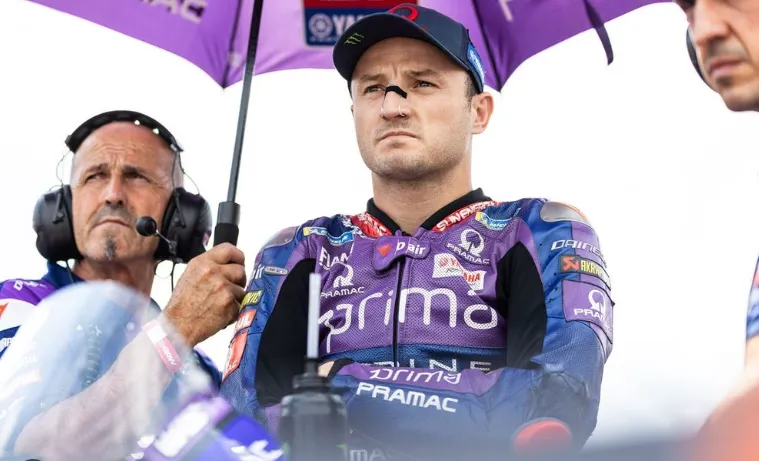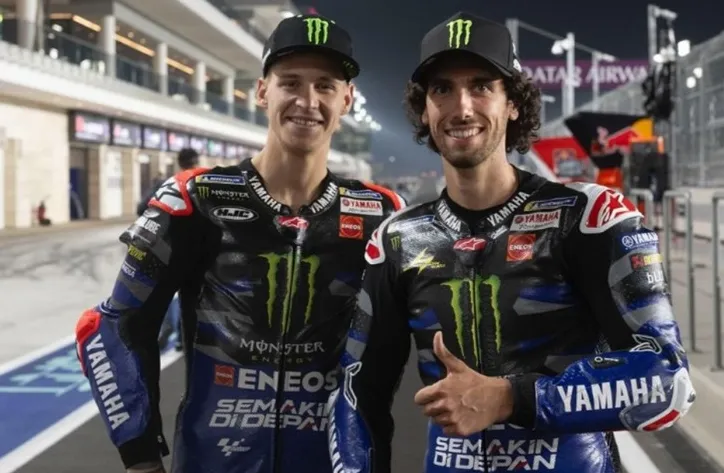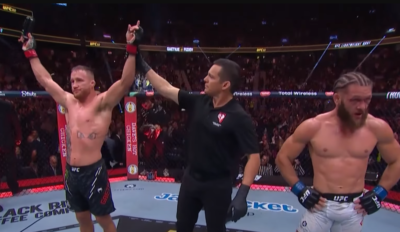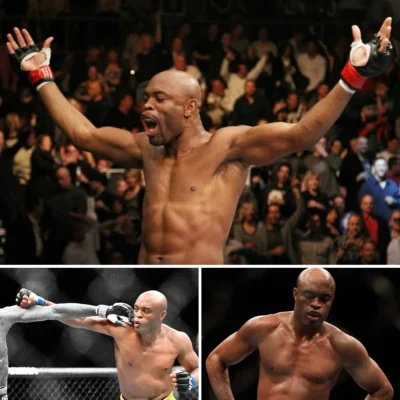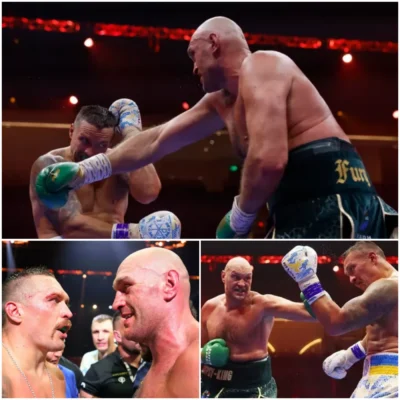
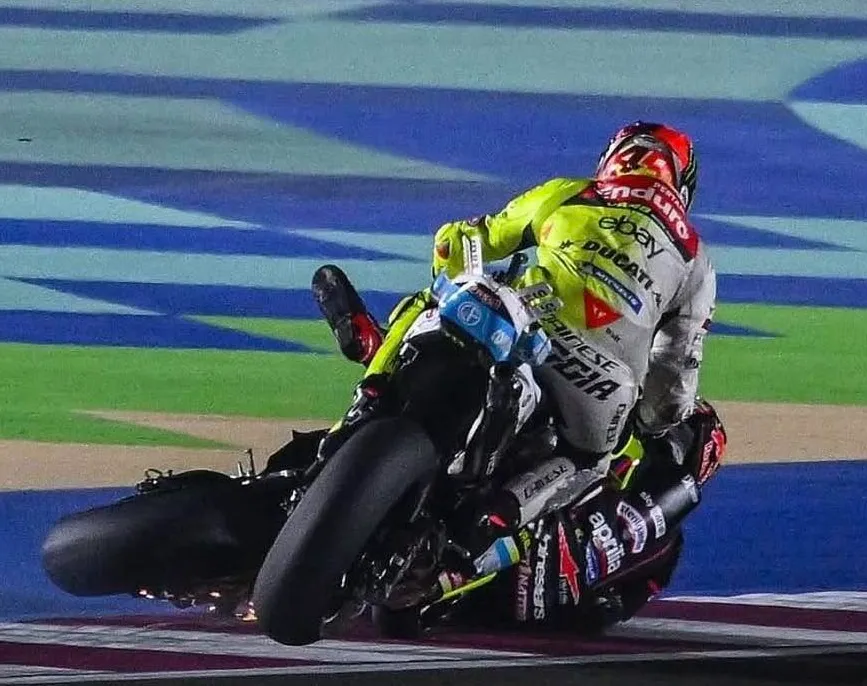
The Terrifying Accident in Qatar: Is Fabio Di Giannantonio Really Innocent for Crashing into Jorge Martin?
The 2025 Qatar Grand Prix at the Lusail International Circuit will go down as one of the most harrowing races in recent MotoGP history. The high-speed collision between reigning MotoGP World Champion Jorge Martín and Fabio Di Giannantonio during the fourth round of the season has sparked widespread controversy and reflection on race safety. Was the accident a result of sheer bad luck, or does it point to deeper issues regarding race protocols and the role of riders when it comes to managing high-risk situations? This article takes a closer look at the events that unfolded and explores the ongoing debate regarding responsibility and accountability in this shocking incident.
The Incident: A Split-Second Turn of Events
The crash that nearly derailed Jorge Martín’s promising return to MotoGP occurred on lap 14 of the Qatar Grand Prix, a race that had already been highly anticipated. Martín, who was making his return to competition after missing the first three rounds of the season due to previous injuries, lost control of his Aprilia at Turn 12. The crash, which took place in the midst of a high-speed race, resulted in Martín’s bike falling across the racing line.
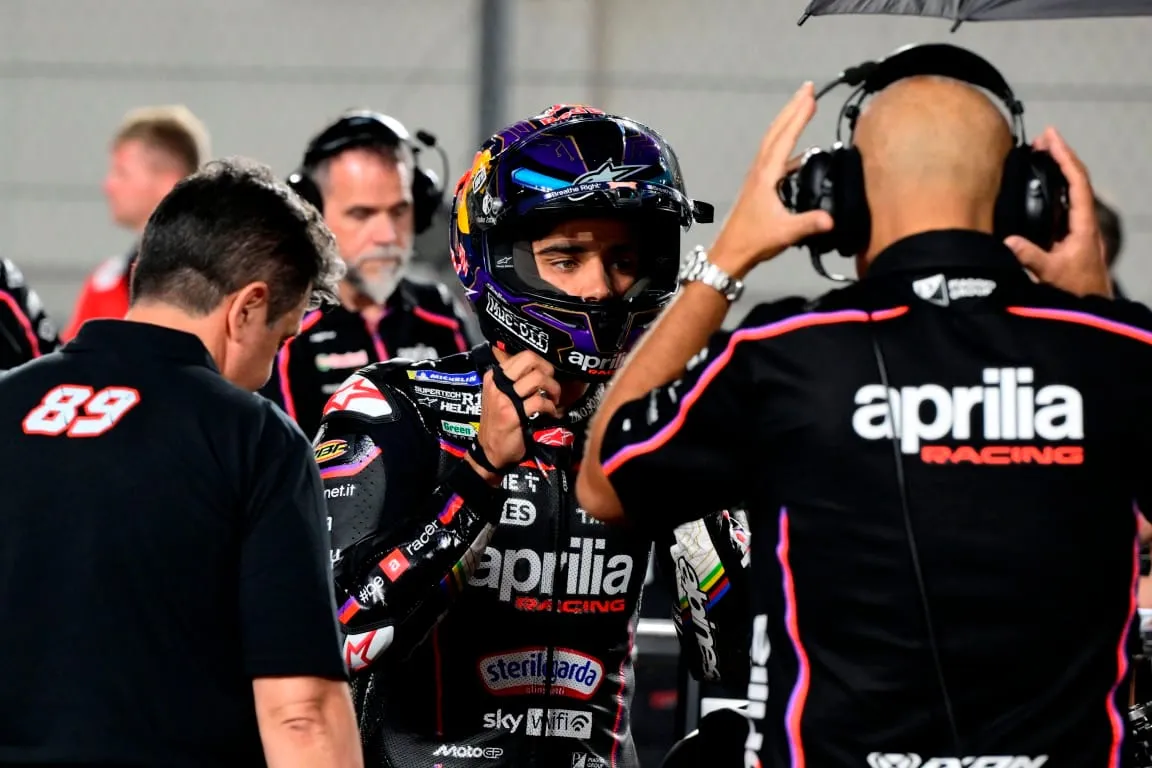
At that precise moment, Fabio Di Giannantonio, who was riding closely behind, had no time to react. Despite his best efforts to avoid the fallen rider, Di Giannantonio collided with Martín, sending both riders into an agonizing ordeal. Di Giannantonio was forced to continue racing but later expressed his deep shock and trauma over the incident. The force of the crash caused severe injuries to Martín, including 11 fractured ribs and a collapsed lung, putting his life in serious danger.
Fabio Di Giannantonio’s Perspective: A Shocking Experience
In the aftermath of the crash, Fabio Di Giannantonio was visibly shaken, describing the event as “the worst scene of my life.” The Italian rider admitted that he had no chance to avoid the accident, as Martín’s bike was right in front of him when he attempted to navigate Turn 12. Di Giannantonio said that the image of the crash would haunt him for a long time, as he could do nothing to prevent the catastrophic outcome.
While Di Giannantonio was fortunate enough to continue racing and finish the event in 16th place, the emotional toll of the accident weighed heavily on him. In his interviews following the race, he questioned why the race had not been red-flagged. Typically, when a crash occurs in a critical part of the track, the race is halted immediately to clear the debris and ensure the safety of other riders. In this case, the decision to allow the race to continue without interruption has sparked a heated debate among MotoGP fans, riders, and officials alike.
The Race Director’s Decision: Was the Right Call Made?
One of the most contentious aspects of the incident is the decision by the race director not to red-flag the event. Red-flagging a race is standard protocol when a serious accident occurs, especially when riders are still on the track or when debris presents a significant hazard. However, despite the severity of the crash and the fact that a rider was lying on the track, the decision was made to allow the race to continue.
Many observers and fans were quick to point out that this decision may have contributed to the accident’s aftermath. The decision to keep the race running without a break left no time for medical teams to attend to Martín immediately. Furthermore, it raised questions about whether safety protocols in MotoGP are sufficient to protect riders during moments of extreme risk.
In response, Di Giannantonio expressed his concerns, admitting that he was shocked by the lack of intervention. Although he could not deny that accidents are a part of racing, the emotional and physical toll of the crash on both himself and Martín was undeniable. The incident raised the question of whether race directors need to adopt more stringent guidelines regarding when to stop a race, especially when a rider is injured in such a vulnerable position.
Jorge Martín’s Recovery: A Tough Road Ahead
Following the crash, Jorge Martín was immediately transferred to the Hamad General Hospital in Doha, Qatar, where he was treated for his injuries. The medical team confirmed that Martín had sustained multiple broken ribs and a collapsed lung, but thankfully, his spine and brain remained undamaged. The severity of the injuries, however, meant that Martín would need to stay in the hospital for a significant period of time.
In the weeks following the crash, it became clear that Martín’s recovery would be a long and challenging journey. Doctors estimated that it could take anywhere from two to three months for him to fully recover and return to the MotoGP circuit. The unfortunate timing of the crash also meant that Martín missed several races, including the season’s early rounds, which only added to the frustration of a rider already trying to recover from previous injuries.
Despite the grim prognosis, Martín remained positive about his future in MotoGP. He expressed his desire to return to racing as soon as possible, but he acknowledged the physical challenges he would need to overcome first. His commitment to recovery has been a source of inspiration to fans and fellow riders alike, who have rallied behind him during this difficult time.
Fabio Di Giannantonio’s Struggle with the Aftermath
While Jorge Martín has been at the forefront of discussions due to his injuries, Fabio Di Giannantonio has also faced his own set of challenges following the crash. The emotional toll of colliding with another rider, especially one as respected as Martín, has left a lasting impact on Di Giannantonio. Despite the fact that the crash was deemed accidental, the psychological effects of such a traumatic event have been difficult for the young Italian rider to process.
In his interviews, Di Giannantonio emphasized how he had attempted to avoid the accident, but in high-speed racing, these decisions happen in fractions of a second. He admitted that he would always feel some sense of responsibility for the crash, even if it was not directly his fault. The incident has led to a broader conversation about the mental health challenges faced by MotoGP riders, who often struggle with the psychological aftermath of accidents that they feel could have been avoided.
The mental toll of the crash was compounded by the fact that Di Giannantonio had to continue racing while processing the trauma of what had just happened. For many, it highlights the emotional resilience required to compete at the highest levels of motorsport, where riders are expected to perform under intense pressure, even in the face of devastating incidents.
A Community Rallies Around the Riders
In the wake of the accident, the MotoGP community has come together to offer support to both riders. Fellow competitors, including Marc Márquez and Francesco Bagnaia, have sent messages of encouragement to Jorge Martín, acknowledging the difficult road ahead for the injured rider. There have also been expressions of empathy towards Di Giannantonio, recognizing that the collision was an unfortunate consequence of racing and not a deliberate act.
The public’s reaction to the incident has also been divided, with some defending Di Giannantonio as an innocent party caught in a tragic scenario, while others have criticized the decision to allow the race to continue after the crash. Fans have expressed concerns about the mental and physical health of the riders involved, highlighting the dangers inherent in MotoGP and the risks that competitors face every time they line up on the grid.

Looking Ahead: What Can Be Done to Prevent Similar Incidents?
The crash in Qatar has prompted calls for a review of MotoGP’s safety protocols. Many fans and experts believe that the sport must do more to ensure that races are halted immediately following serious incidents, especially when riders are still on the track. Red-flagging a race not only allows medical teams to attend to injured riders quickly, but it also minimizes the risk of further accidents occurring.
Furthermore, some have called for increased mental health support for riders, who are often expected to push themselves to the limit in the pursuit of victory. The psychological toll of racing, coupled with the traumatic effects of accidents, can have lasting consequences that need to be addressed by the sport’s governing bodies.
Conclusion: A Critical Reflection on Safety and Accountability
In conclusion, the terrifying accident in Qatar has raised important questions about race safety, rider responsibility, and the mental health challenges faced by MotoGP competitors. While Fabio Di Giannantonio may be seen as innocent in terms of intent, the emotional and physical aftermath of the crash is undeniable. The incident serves as a reminder of the inherent risks of MotoGP racing and the need for constant vigilance when it comes to rider safety.
Moving forward, the MotoGP community must come together to ensure that such incidents are minimized and that both the physical and mental well-being of riders are prioritized. By addressing these issues head-on, MotoGP can continue to evolve as a sport that values the safety and health of its athletes above all else.








